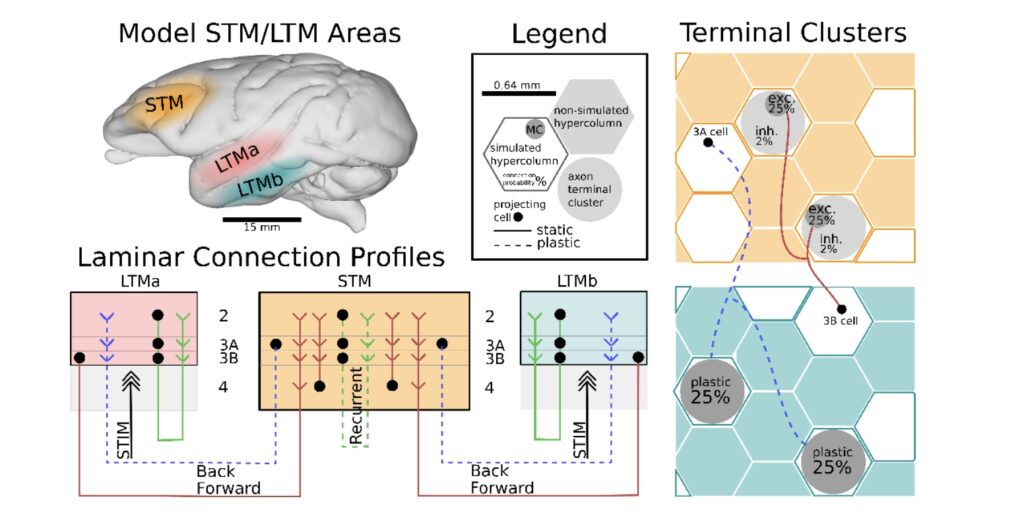Synaptic theory of working memory explains most recent experimental findings about neural correlates of working memory

Our spiking neural network attractor memory model accounting for a synaptic theory of working memory has been validated using experimental data to explain the most recent observations about the bursty nature of neuronal spiking as well as gamma- and beta-band oscillations of field potentials. The theory has contributed to the ongoing debate in the community about neural mechanisms underlying short-term maintenance of memory content and plays a crucial role in the current shift of the WM paradigm in neuroscience. Furthermore, our new complementary indexing theory of working memory proposes a novel hypothesis for interactions between short- and long-term memory networks in the brain during working memory operations to temporarily bind multi-modal information and form memoranda relevant to working memory tasks. The theories rest on our original proposition that fast Hebbian synaptic plasticity is the key mechanism enabling the dynamic encoding of information in the cortex.
Publication: Fiebig, F., Herman, P., & Lansner, A. (2020). An Indexing Theory for Working Memory based on Fast Hebbian Plasticity. eNeuro, 7(2). https://doi.org/10.1523/ENEURO.0374-19.2020




